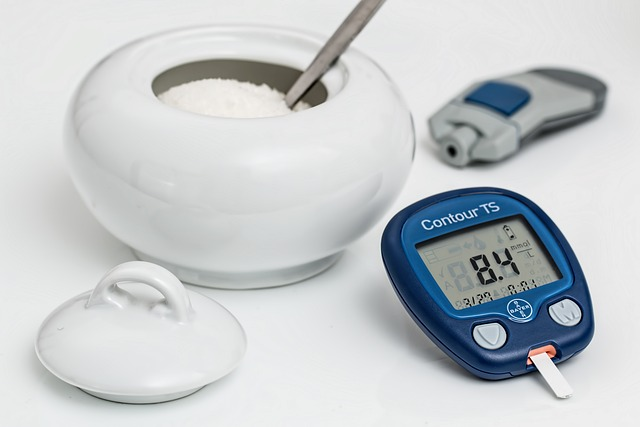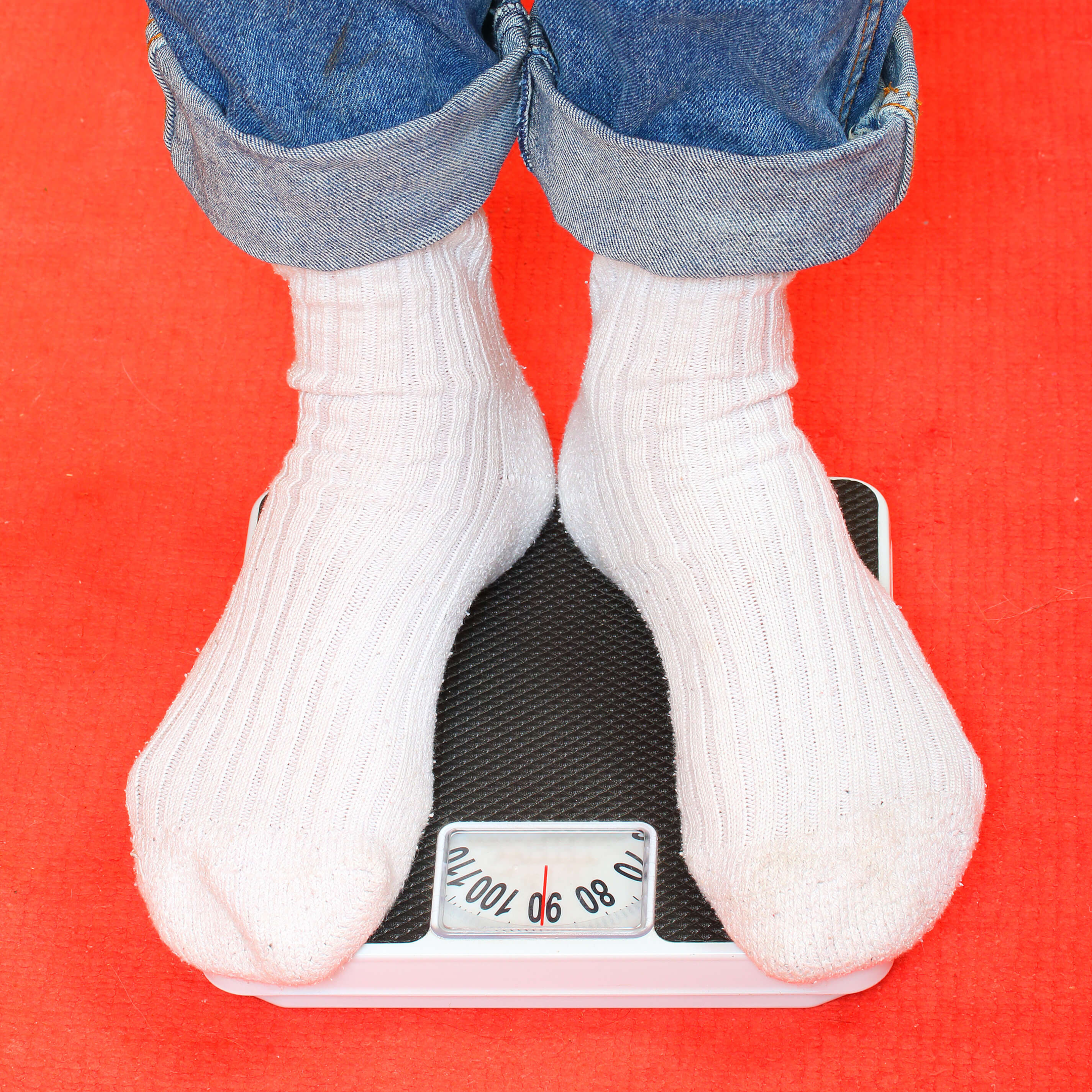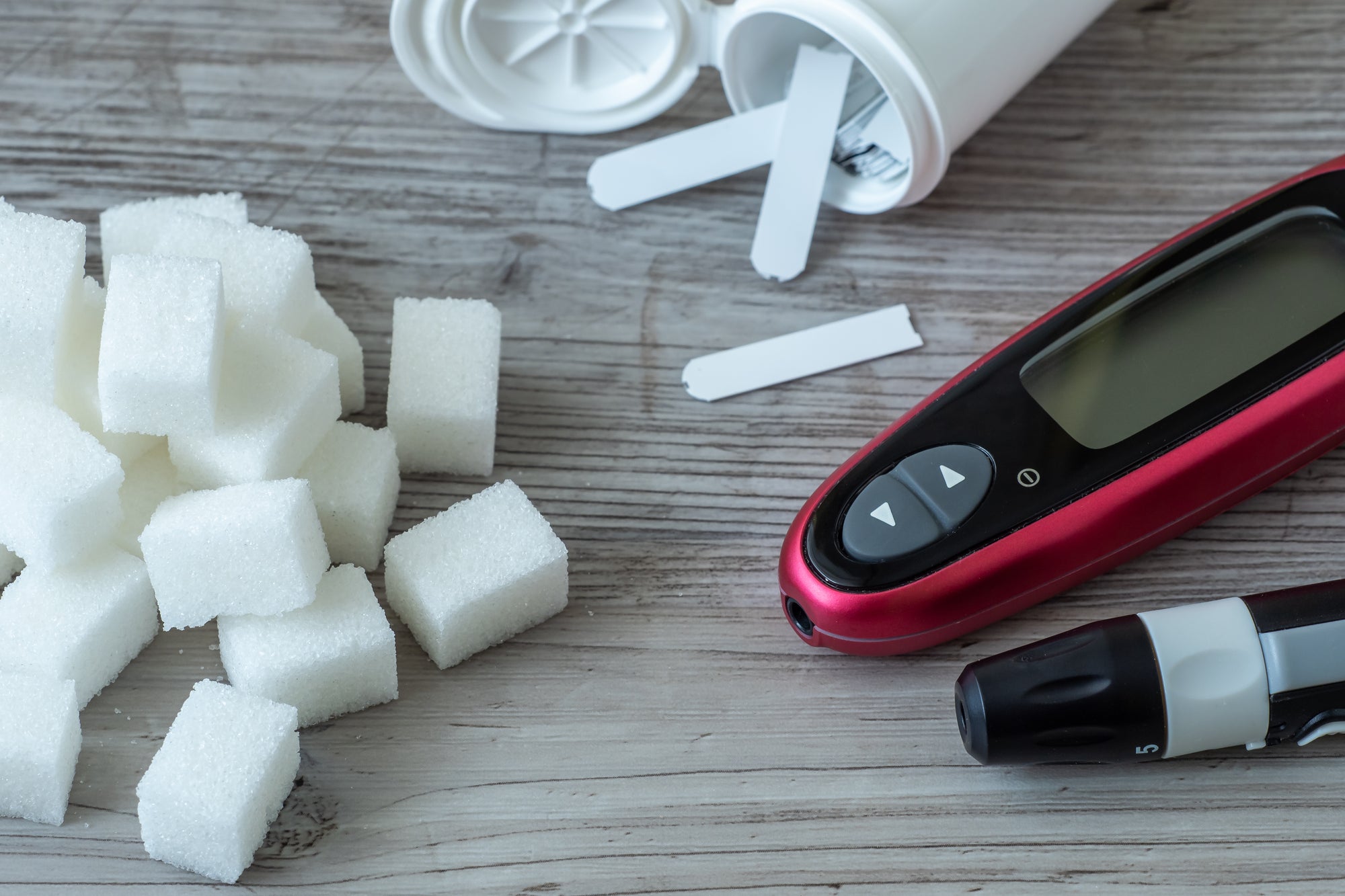Navigating the intricate landscape of diabetes care is akin to traversing a tightrope, where meticulous foot care is crucial. Central to this regimen is the role of diabetic socks in foot care, serving as indispensable allies in diabetes management.
Diabetic socks, unlike conventional socks, are designed to serve multiple purposes: they provide comfort, support, and protection for the feet of people with diabetes. These specially designed socks are a cornerstone of effective foot care, crafted to enhance blood flow and prevent complications associated with diabetes, such as foot ulcers and infections.
Understanding Diabetes and Foot Health
For individuals experiencing poor circulation or peripheral neuropathy, diabetic socks offer a solution. By promoting blood circulation and preventing blood flow restriction, these socks help mitigate the risk of foot injuries and ulcers. Their moisture-wicking material keeps feet dry, reducing the risk of fungal infections and keeping feet warm. Diabetic socks also offer mild compression to improve blood flow without restricting blood circulation, distinguishing them from regular compression socks, primarily focused on providing a higher pressure level.
Compression socks, a variant of diabetic socks, are designed to provide mild compression to improve blood circulation. This is particularly beneficial for people with diabetes, who often suffer from poor circulation and an increased risk of blood clots. Compression socks can help increase blood flow, reduce pressure, and alleviate discomfort associated with poor circulation by exerting gentle pressure on the lower extremities.
The Problem of Peripheral Neuropathy
The problem of peripheral neuropathy, a condition frequently associated with diabetes, underscores the need for diabetic socks. This nerve damage can lead to a loss of sensation in the feet, making individuals susceptible to foot injuries that can escalate into severe complications. Diabetic socks address this by reducing friction and pressure points, thanks to their seamless construction and extra padding, which provide a nurturing environment for the feet.

Enter diabetic socks tailored to tackle the distinct foot care exigencies of diabetes sufferers. Herein lie their distinguishing features:
They bolster circulation by circumventing the constriction of blood vessels—a boon for those grappling with compromised blood flow.
They mitigate friction and pressure points courtesy of their seamless construction, fostering a nurturing environment for your feet.
Crafted from moisture-wicking fabrics, they ensure your feet remain dry—a potent deterrent against fungal infections.
Their impeccable fit strikes a delicate balance—neither too tight to impede circulation nor too loose to engender discomfort.
Certain variants incorporate compression features for those requiring an extra boost to circulation, further amplifying their efficacy.
In essence, diabetic socks epitomize the fusion of functionality and comfort—a testament to their indispensability in the arsenal of diabetes management.

What Makes Diabetic Socks Different
What sets diabetic socks apart from regular socks is their design and materials. They are crafted with soft yarns and moisture-wicking materials to keep feet dry and comfortable. Some diabetic socks are made with silver-infused yarn to help prevent bacterial and fungal infections, further protecting the feet. Additionally, these socks are designed to reduce pressure points, providing a snug fit that doesn't restrict blood flow or impede circulation, making them ideal socks for people with diabetes.
The Role of Compression in Diabetic Socks
Balancing the right amount of compression in diabetic socks can significantly enhance your foot health and comfort. Indeed, these aren't your ordinary socks. They're specially designed to address the unique foot care needs of individuals with diabetes. Here's how they work:
-
Compression: Diabetic socks often include compression features. These compression socks can improve circulation in your feet, counteracting the circulation problems commonly experienced by people with diabetes.
-
Moisture-Wicking: Diabetic socks are typically made of moisture-wicking materials. They help keep your feet dry, reducing the risk of fungal infections.
-
Friction Reduction: These socks are designed with minimal friction seams, helping prevent skin irritation and blisters.
-
Proper Fitting: A proper fit is crucial. Too tight and they can restrict circulation; too loose and they can cause blisters.
-
Neuropathy: If you're experiencing peripheral neuropathy, diabetic socks can help. They're padded to provide extra protection against foot injuries that you mightn't feel due to loss of sensation.
Daily Foot Care Practices for Diabetics
To maintain your foot health as a diabetic, daily foot care practices should be at the top of your priority list. Diabetes can lead to nerve damage and circulation issues, so maintaining foot health becomes crucial to prevent complications.
Start by wearing proper fitting socks designed for diabetics. These diabetic socks are made with moisture-wicking materials to keep your feet dry and reduce the risk of infections. When needed, compression socks can be beneficial to improve circulation, especially if you've been experiencing issues related to poor blood flow.
It's essential to inspect your feet daily. Look for any changes like cuts, sores, or blisters. Diabetes can cause a loss of sensation, so you mightn't feel these issues develop. Catching and treating these early can prevent more serious complications.
Regularly moisturize your feet to prevent dry, cracked skin, but avoid applying cream between your toes as this can cause excess moisture—a breeding ground for bacteria. Remember, your foot care regime plays a significant role in preventing foot complications from diabetes. Make it a habit to prioritize this essential aspect of your diabetic management.
Proper Use of Diabetic Socks
Properly using diabetic socks involves selecting socks that fit well, using a mesh laundry bag to wash them gently, and allowing them to air dry to maintain their integrity. It's also recommended to change socks regularly to maintain foot hygiene and prevent foot complications.
Here are some tips to ensure proper use of diabetic socks:
-
Always choose socks that are a proper fit. Too tight can limit circulation; too loose and can cause friction.
-
Opt for moisture-wicking diabetic socks. They help keep your feet dry, reducing the risk of fungal infection.
-
If your health care provider recommends, use compression socks to improve circulation.
-
Change your socks daily. This is a simple yet vital step in maintaining foot hygiene.
-
Regularly inspect your socks for signs of wear and tear. Damaged socks can cause irritation and friction.
Conclusion
In conclusion, diabetic socks are crucial in foot care for individuals managing diabetes. They are not just socks; they are protective socks designed to offer the support and comfort needed to maintain foot health. Managing diabetes involves more than just monitoring blood sugar levels; it includes taking comprehensive care of your feet. By making diabetic socks part of your daily routine and adhering to recommended foot care practices, you can help prevent diabetic foot complications and maintain overall foot health. Consult with healthcare professionals like the American Diabetes Association or your doctor for personalized advice on managing your diabetes and incorporating diabetic socks into your care routine.
